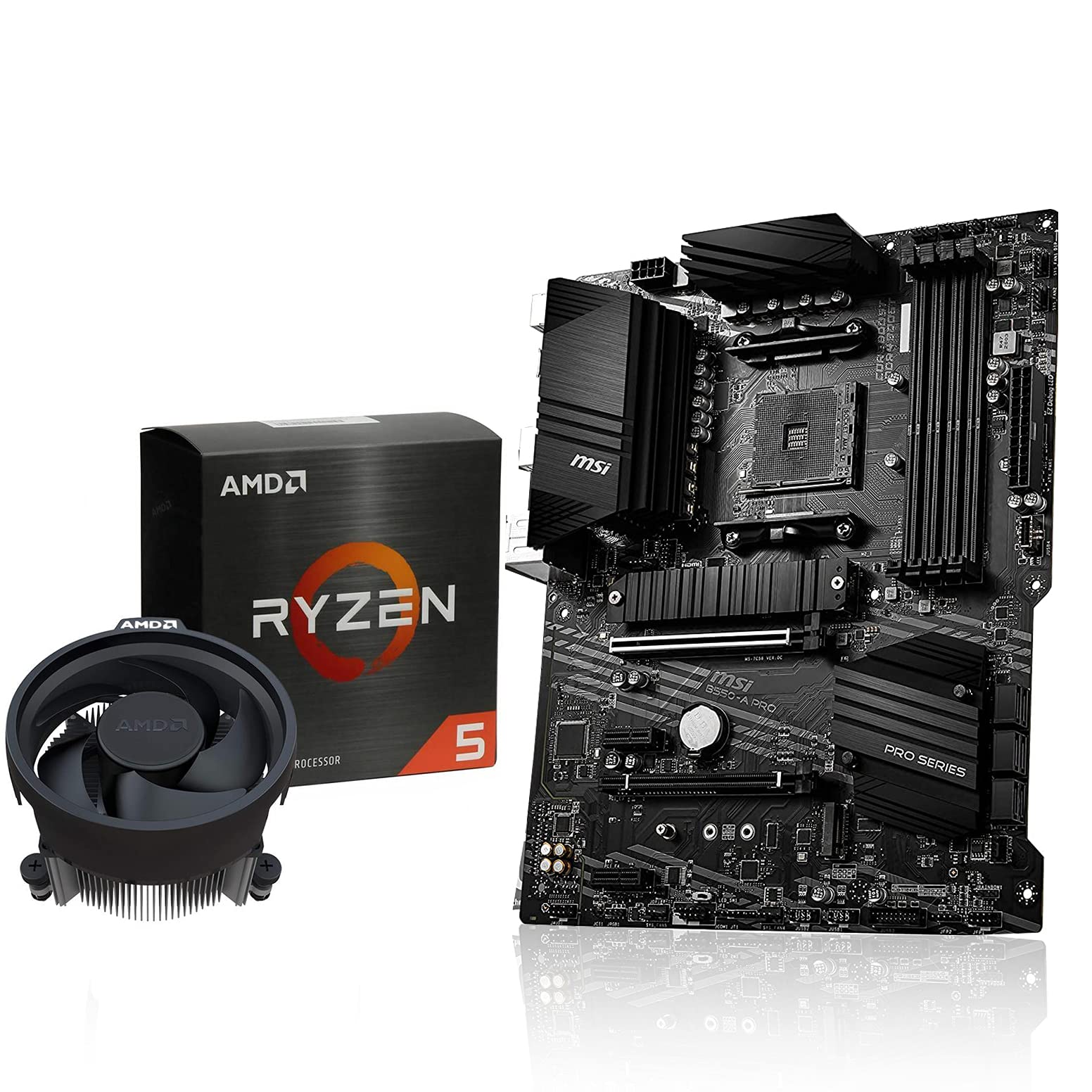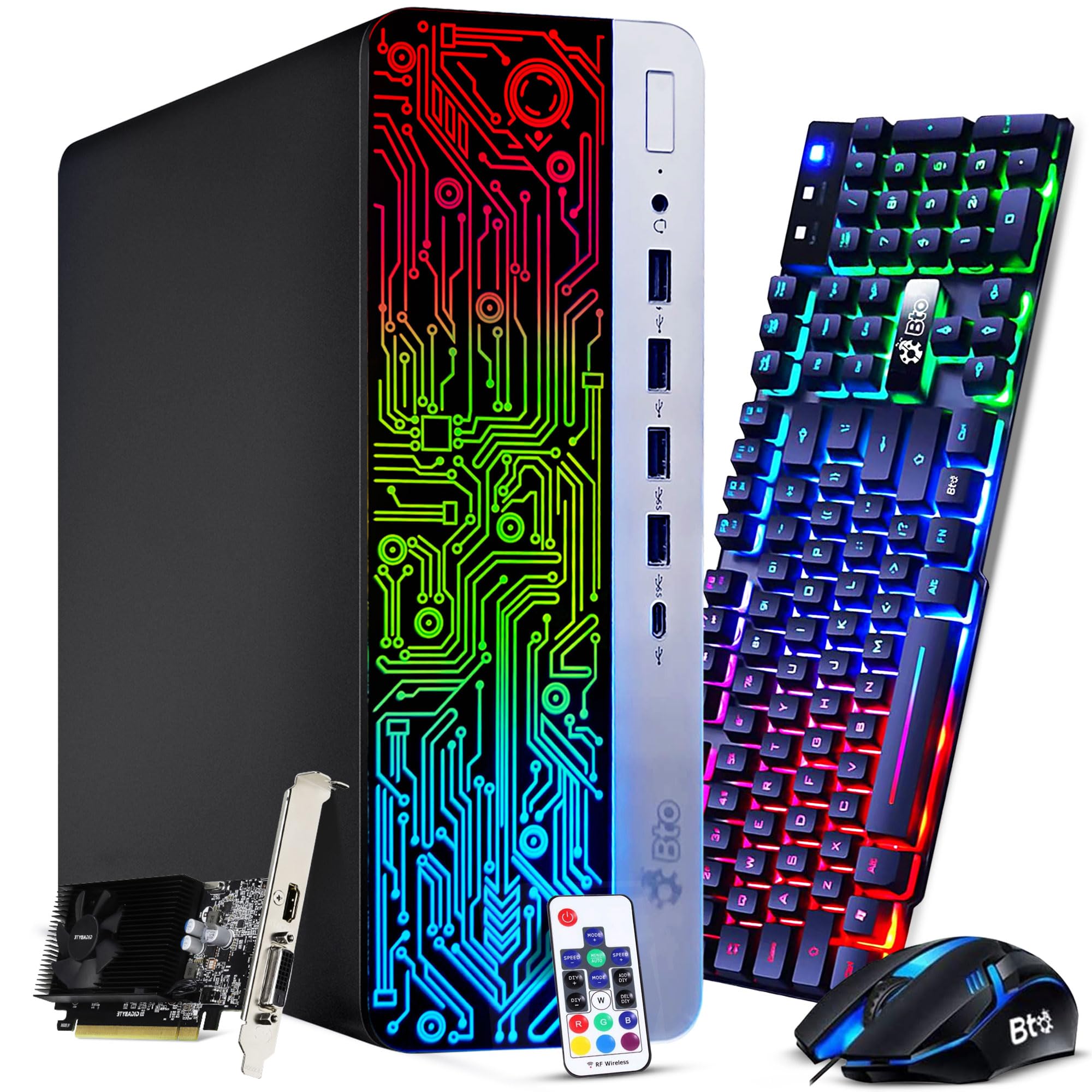Struggling with a Windows 7 that won’t boot or start up repair has failed? Let’s explore some possible solutions.
Attempt Startup Repair or Automatic Repair
If your Windows 7 won’t boot or the start-up repair has failed, there are a few steps you can take to attempt to repair the issue. First, try starting with the Automatic Repair tool.
To do this, insert your Windows 7 installation disc or recovery disc and restart your computer. When prompted to “Press any key to boot from CD or DVD,” do so and then select your language and other preferences.
Next, select “Repair your computer” and then choose “Startup Repair.” Follow the on-screen instructions to see if the tool can automatically fix the issue causing Windows 7 to not boot.
If the Automatic Repair tool doesn’t solve the problem, you can also try using the Command Prompt to manually repair the issue.
To do this, insert your installation or recovery disc and restart your computer. Again, boot from the disc and select your language and preferences. Then, choose “Repair your computer” and select “Command Prompt.”
Once in the Command Prompt, you can try running the following commands to repair the Master Boot Record and boot sector:
bootrec /fixmbr
bootrec /fixboot
bootrec /rebuildbcd
After running these commands, restart your computer and see if Windows 7 will now boot successfully.
If both the Automatic Repair tool and the Command Prompt fail to resolve the issue, you may need to consider other options such as using a recovery disc to perform a System Restore, or seeking professional help to diagnose and repair any hardware or software issues that may be causing the problem.
Utilize Safe Mode for Troubleshooting
To troubleshoot a Windows 7 system that won’t boot or start up repair has failed, you can utilize Safe Mode to try and fix the issue. Safe Mode allows you to start your computer with only the essential drivers and services, which can help isolate the problem.
To access Safe Mode, restart your computer and press the F8 key repeatedly as it boots up. This will bring up the Advanced Boot Options menu. From there, select “Safe Mode” and press Enter.
Once in Safe Mode, you can try running a System Restore to revert your system back to a previous working state. Open the Start menu, type “system restore” in the search box, and select “System Restore” from the list of results. Follow the on-screen instructions to complete the process.
You can also use Safe Mode to run a full system scan with your antivirus software to check for any malware or viruses that may be causing the startup issue. Open your antivirus program and initiate a full scan of your computer’s files and system.
If you’re still experiencing issues after trying these steps, you may need to consider other troubleshooting options such as using the Recovery Console or running a repair installation of Windows 7.
By utilizing Safe Mode for troubleshooting, you can effectively isolate and address the issues preventing your Windows 7 system from booting up properly. Good luck!
Perform System Restore or Restore Previous Version
If Windows 7 won’t boot or start up repair failed, you can try performing a System Restore or restoring a previous version of your system to fix the issue. To perform a System Restore, follow these steps:
– Boot your computer into Safe Mode by pressing F8 repeatedly as your computer starts up.
– Once in Safe Mode, click on the Start button and type “System Restore” in the search bar.
– Click on System Restore from the search results and follow the on-screen instructions to restore your system to a previous point in time.
If System Restore is not an option, you can try restoring a previous version of your system by following these steps:
– Right-click on the file or folder that you want to restore to a previous version.
– Click on “Restore previous versions” from the menu that appears.
– Select the previous version that you want to restore and click on the “Restore” button.
Performing a System Restore or restoring a previous version can help fix issues with Windows 7 not booting or starting up repair failing. These methods can help revert your system to a working state and resolve any underlying issues that may be causing the problem.
Repair Master Boot Record (MBR) or Boot Manager
To repair the Master Boot Record (MBR) or Boot Manager in Windows 7 when the start-up repair has failed, you can use the Command Prompt to manually fix the issue.
First, insert your Windows 7 installation disc and restart your computer. Press any key when prompted to boot from the disc.
Once the Windows installation screen appears, select your language, time, currency, and keyboard preferences, then click “Next.”
Click on “Repair your computer” and select the operating system you want to repair. Then, select “Command Prompt” from the System Recovery Options.
In the Command Prompt, type “bootrec /FixMbr” and press Enter. This will repair the Master Boot Record on your computer.
Next, type “bootrec /FixBoot” and press Enter. This will repair the Boot Sector on your computer.
Finally, type “bootrec /RebuildBcd” and press Enter. This will rebuild the Boot Configuration Data on your computer.
Once you have completed these steps, restart your computer and check if Windows 7 now boots successfully.
If you are still experiencing issues with your computer not booting, you may need to consider other causes such as hardware failure, data corruption, or malware. In such cases, it is recommended to seek professional assistance or perform a clean installation of Windows 7 to resolve the issue.
Inspect Hardware Connections and Components
- Check all hardware connections
- Ensure that all cables are properly connected to the computer, including power cables, monitor cables, and peripherals.
- Inspect for any visible damage or wear on the cables.
- Re-seat all internal components, such as RAM, graphics card, and hard drive connections.

- Check for faulty hardware
- Test each hardware component individually, starting with the power supply, then moving on to RAM, hard drive, and graphics card.
- Look for any signs of physical damage or malfunctioning components.

- If possible, try swapping out components with known working ones to isolate the issue.







